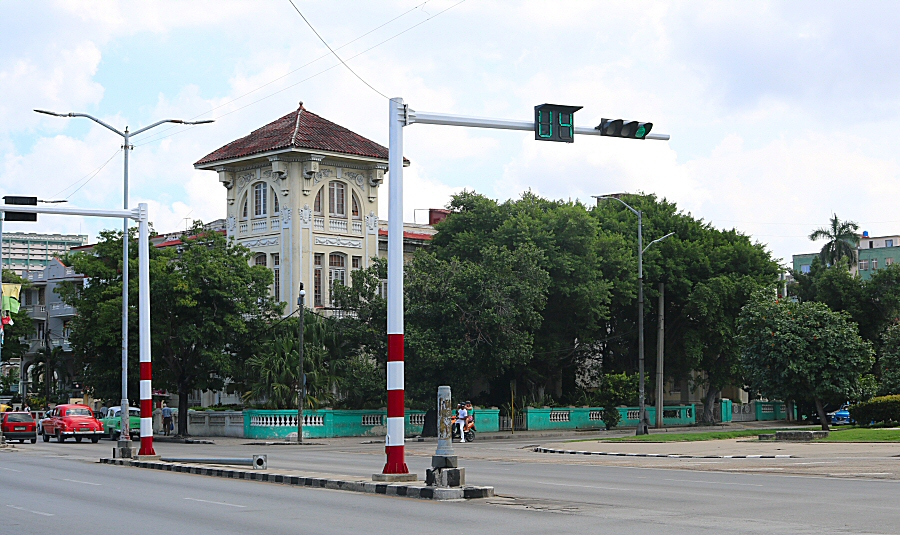


To open a museum on the objects related with
dance, was conceived by Alicia Alonso, Cuba’s most
famous prima ballerina and the director of the National Ballet
of Cuba. Thus, the Museo Nacional de la
Danza was established by the Consejo Nacional de Patrimonio
Cultural (National Cultural Heritage Council) on the occasion of
the 50th anniversary of the National Ballet of Cuba in 1998.
The museum promotes to preserve and to exhibit objects related with the universal dance, beginning from the 17th century to the present day. Even so, the largest rooms are devoted entirely to Alonso’s collection and the National Ballet of Cuba that was founded by Alonso herself, her husband Fernando and his brother Alberto in 1948. The National Ballet of Cuba was the most important company in the country and one of the five best of the classical ballets on the world, after the Paris Opera, the Royal Ballet of London, the American Ballet Theater and the Bolshoi Ballet.
The museum has seven permanent exhibition rooms divided by different themes, such as the artistic history of Alicia Alonso; the presentations of the National Ballet of Cuba; the Russian ballet; the modern dance; the Spanish dance; the Romantic era; and the gallery with plastic arts related to dance.
The extensive collection of the museum
consists of theatrical costumes, dressing room items, posters,
preliminary sketches for costumes and stage sets, various
theatrical objects, manuscripts, photographs, rare
bibliographical editions, original prints, documents, awards,
paintings and sculptures.
The original costumes of famous ballets such as Giselle,
Coppelia, Nutcracker, Carmen, Swan Lake, the original engravings
of the old Tacón Theater, the signed autobiography of Isadora
Duncan that she gave to Alonso, the embroidered cape worn by
Anna Pavlova and her poster from a 1917 production of El Gallo
de Oro (Le Coq D’Or), the polychrome London lithographs that
contain images of interpretations of Fanny Eisler, Jules Perrot and Maria
Taglioni or a program-souvenir of the Sleeping Princess ballet,
produced by the Alhambra Theater in London in 1921, are
among the valuable pieces of the museum’s collection.
In addition to the permanent collections, the museum offers also
temporary exhibitions on various themes. It also has a
documentation center, a specialized library with a series of
numerous videos, films, recordings and various computer media,
as well as an archive of voices of personalities associated with
dance.
The museum is unique of its kind on the island.